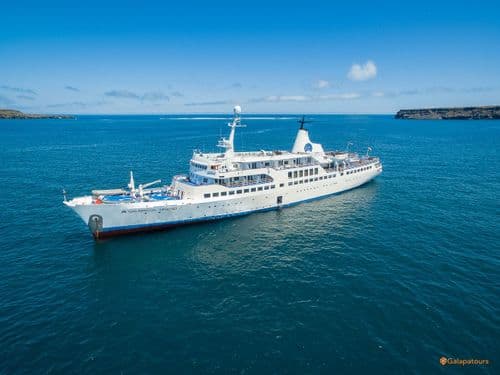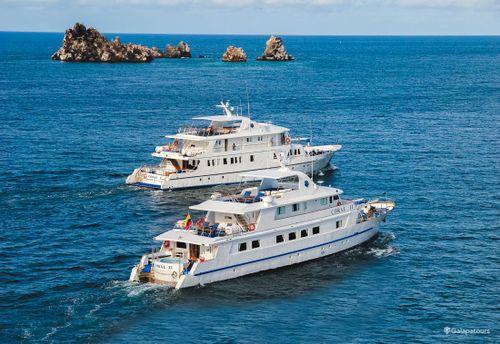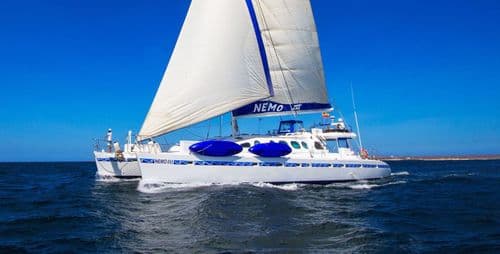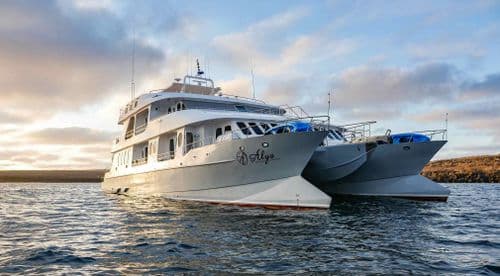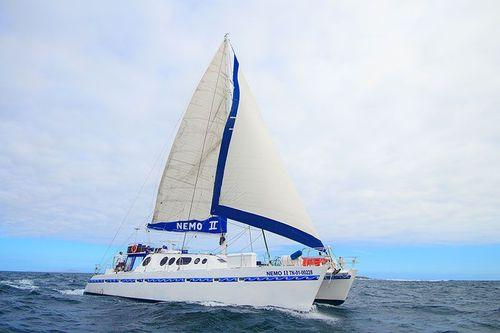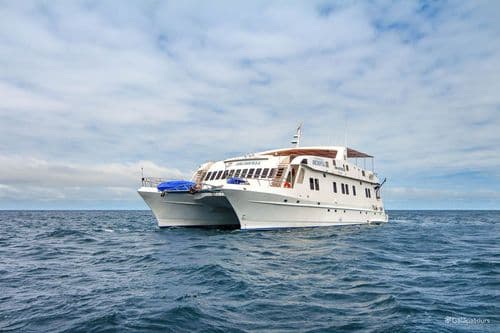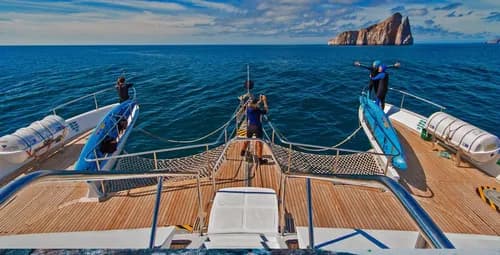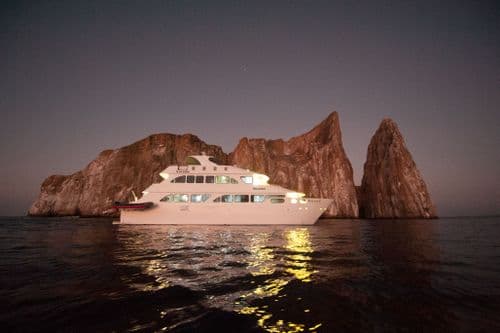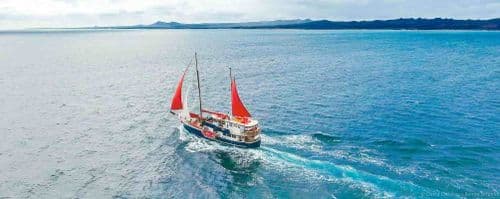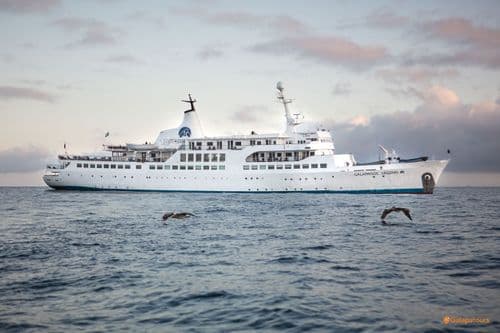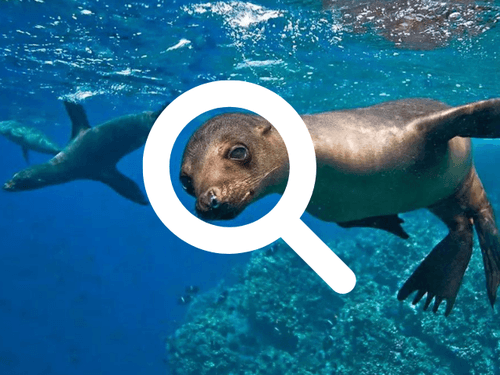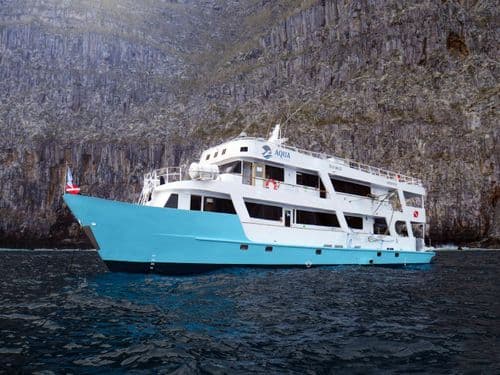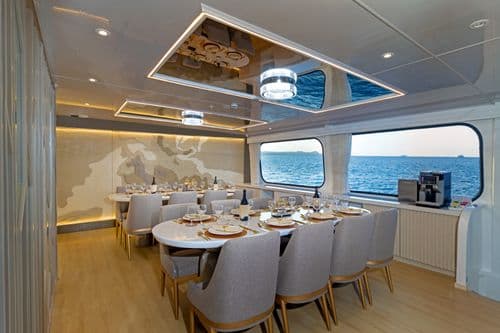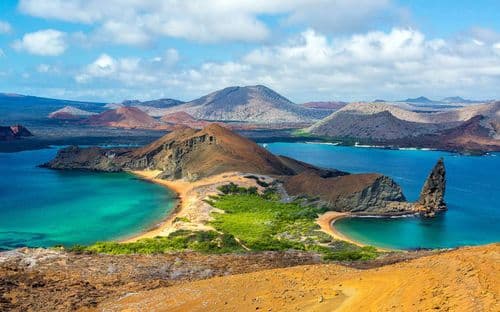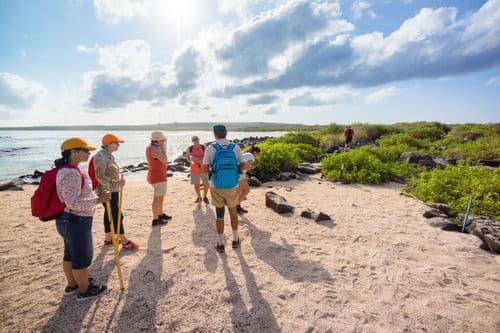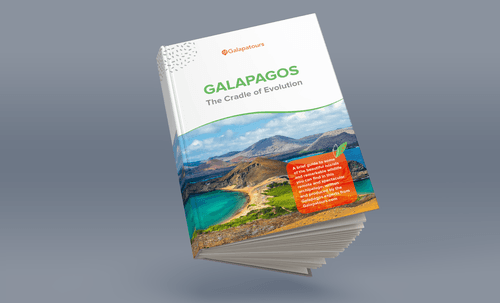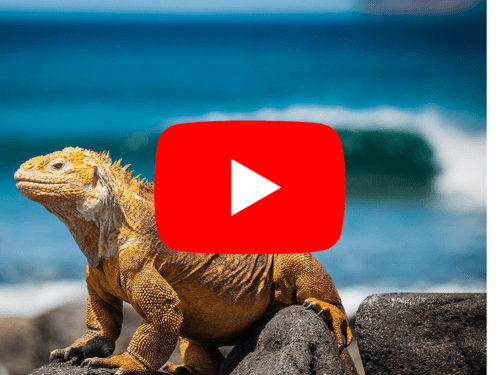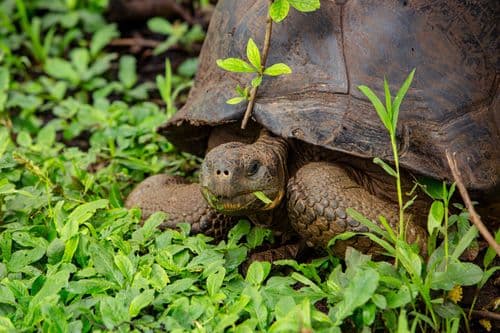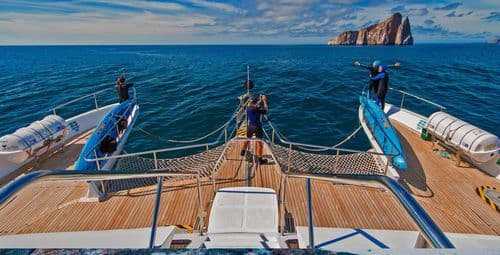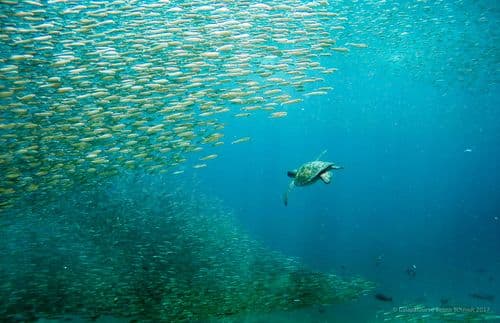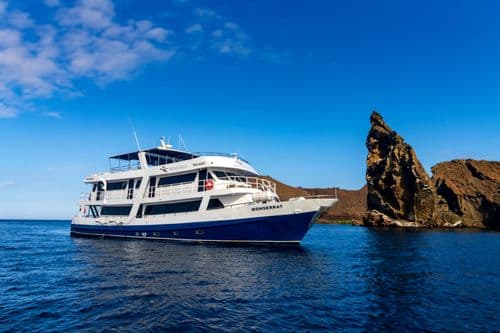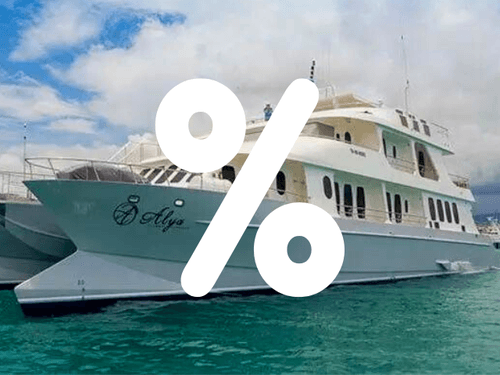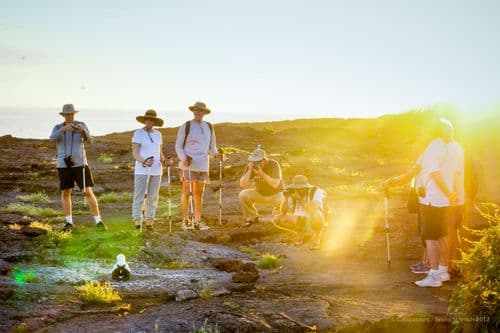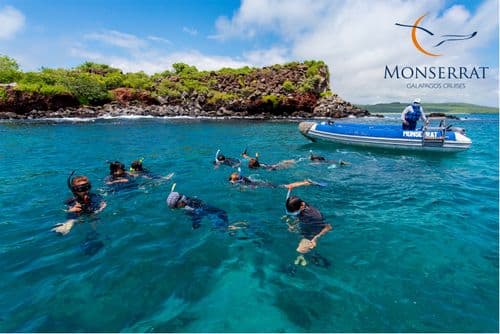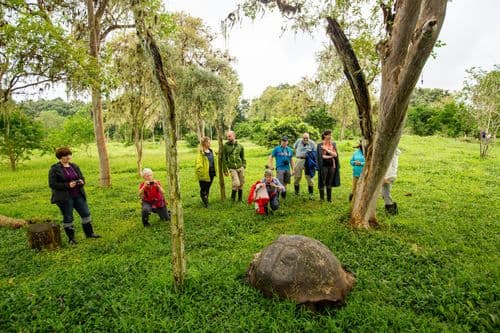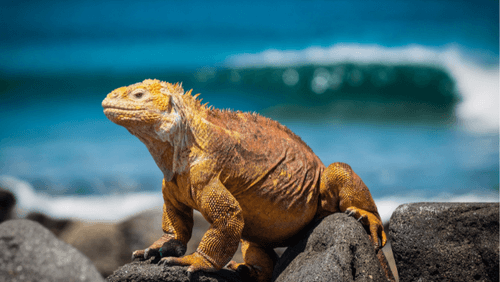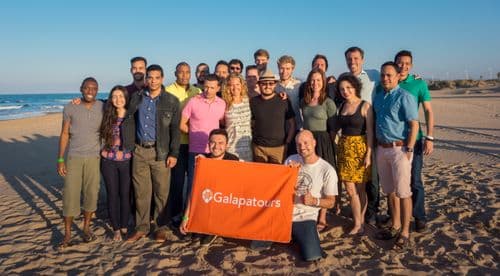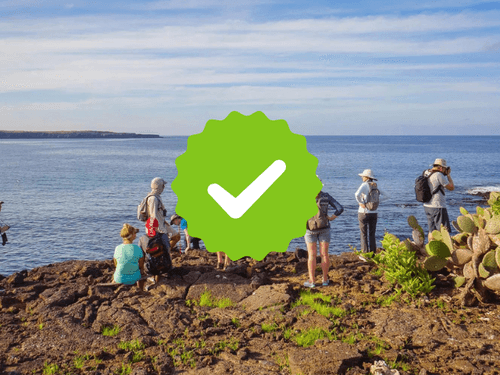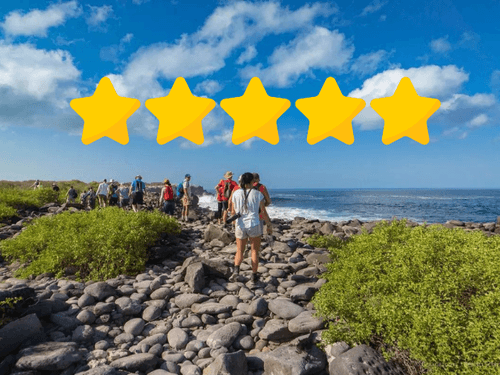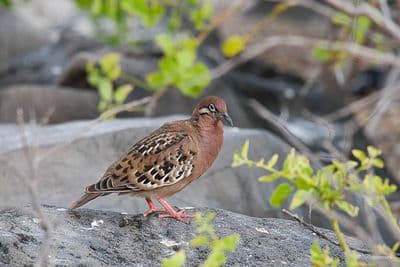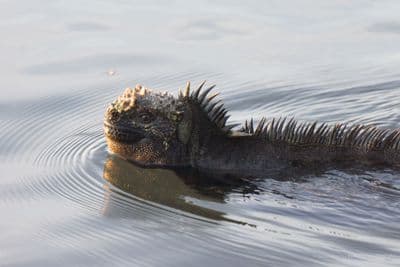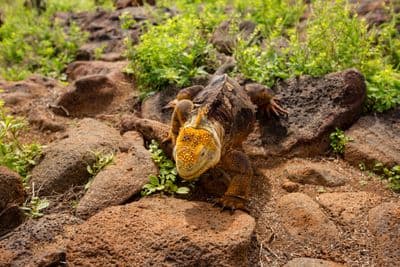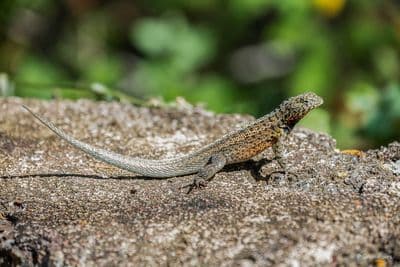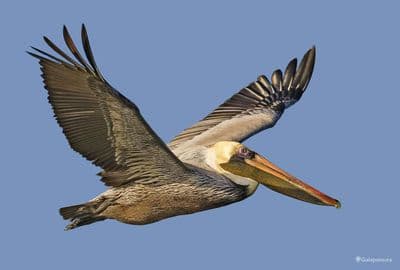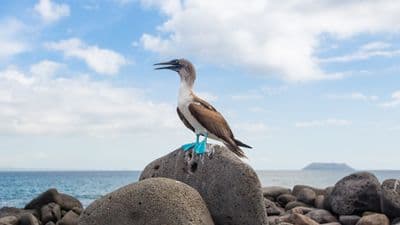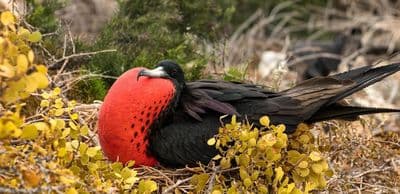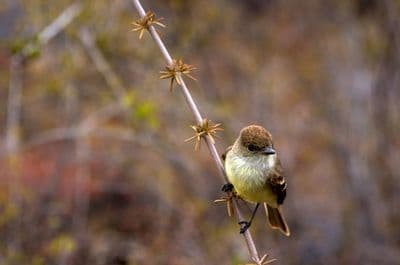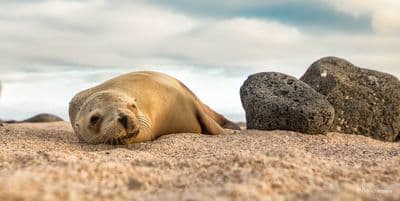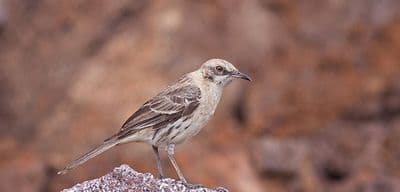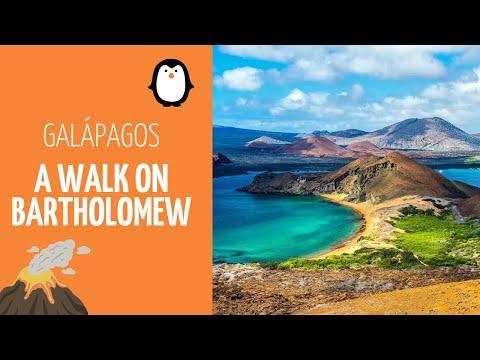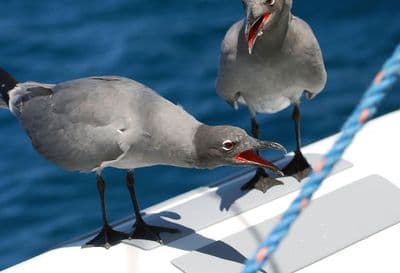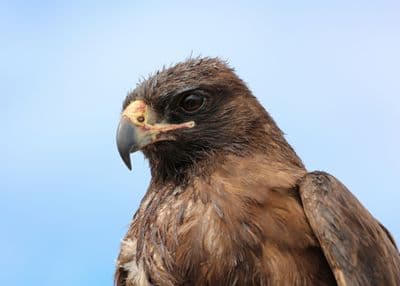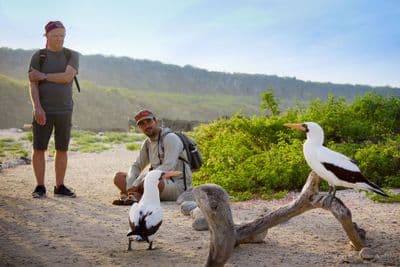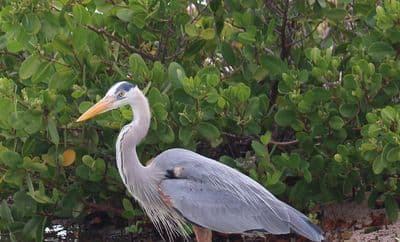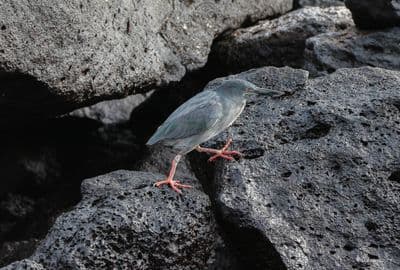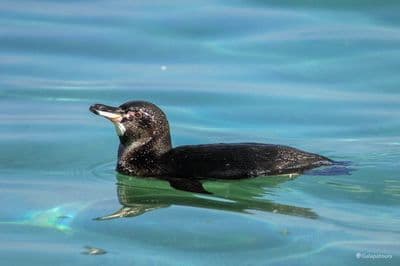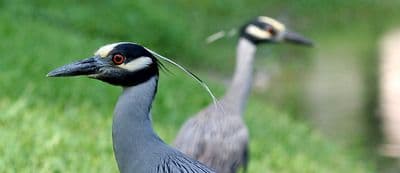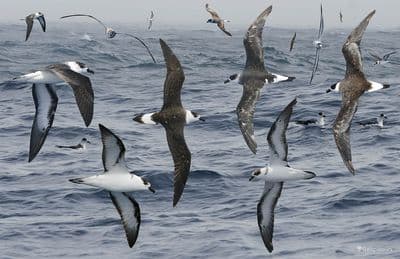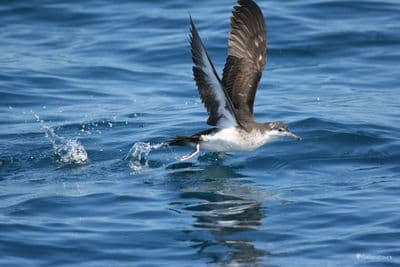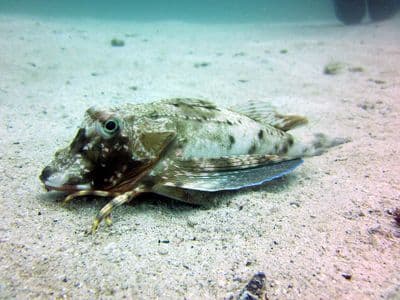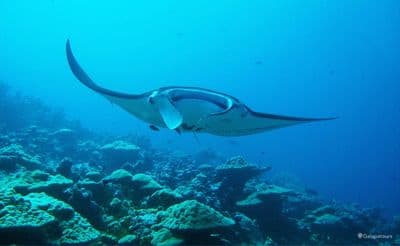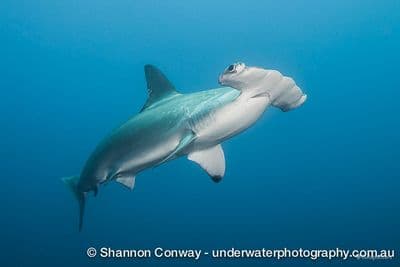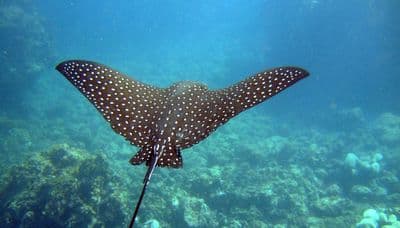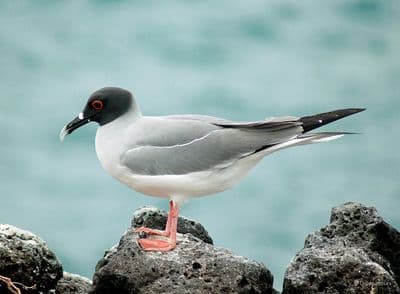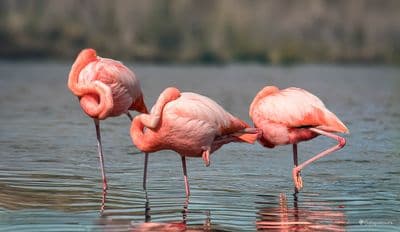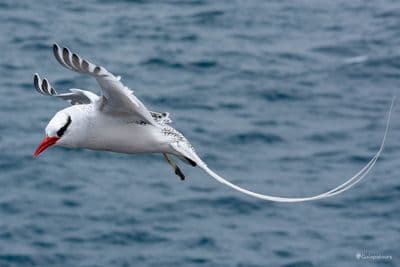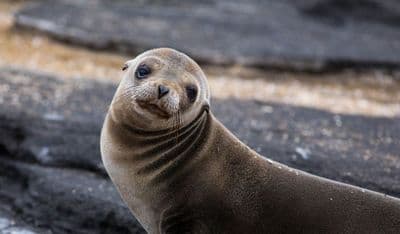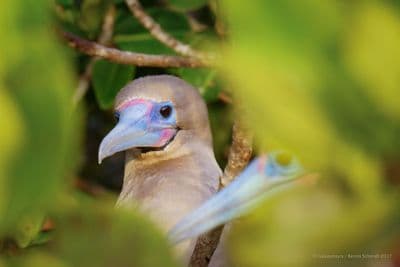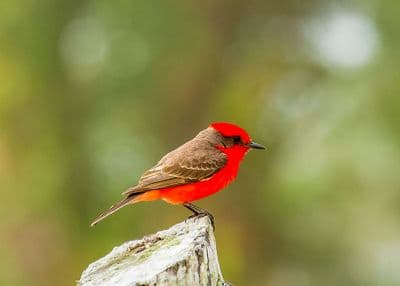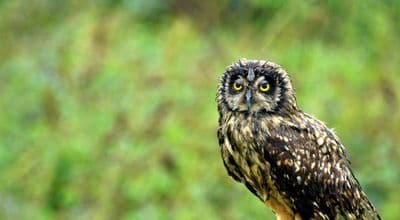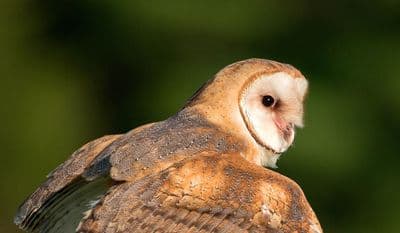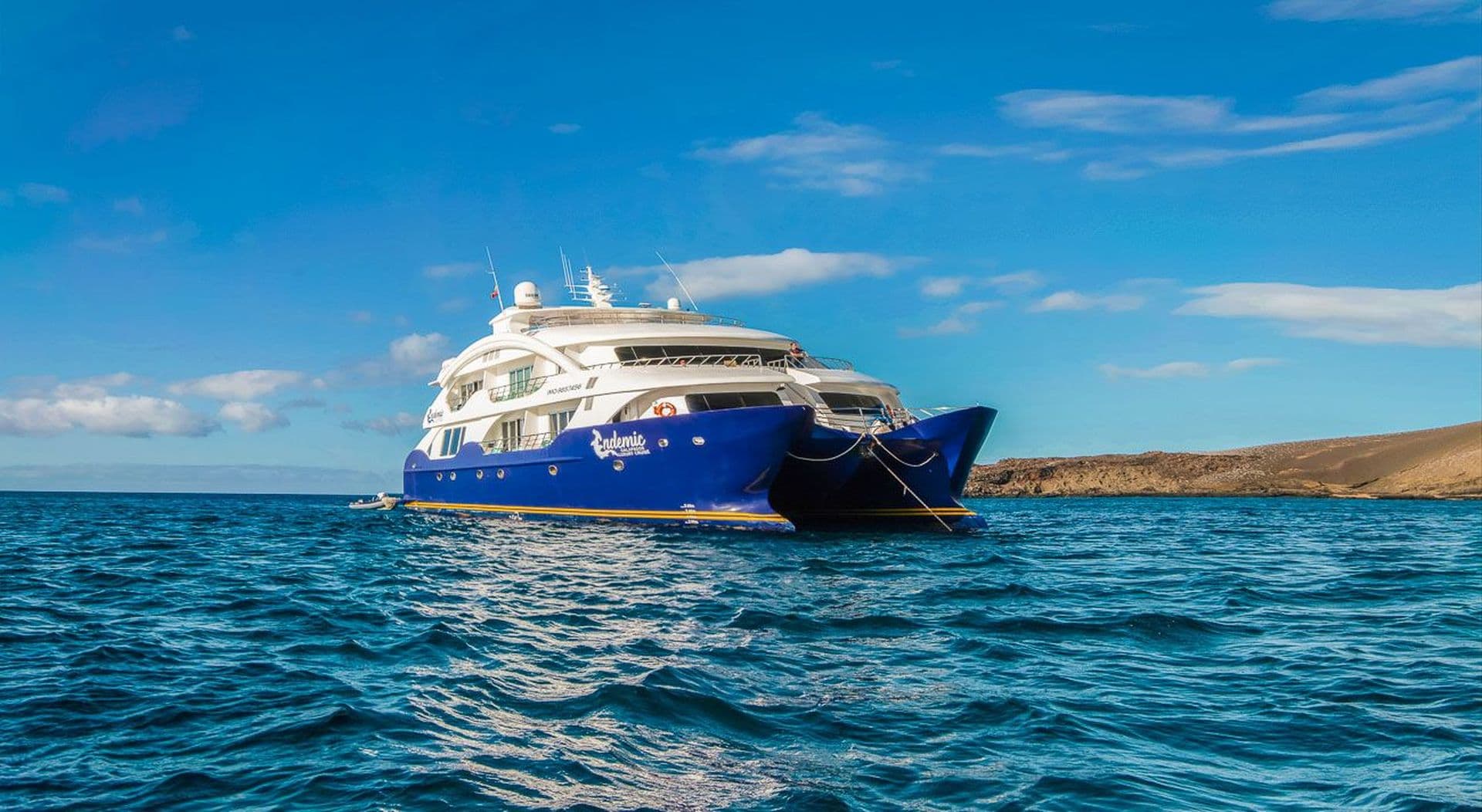
Genovesa & Floreana Galápagos
6 Days Galápagos cruise on board the Endemic
Length
6 Days
Ship category
Luxury
Ship type
Motor Catamaran
Capacity
16 Passengers
Genovesa & Floreana Galápagos
12 Reviews
Trip highlights
Incredible snorkeling at Devil's Crown
Snorkel with Hammerheads at Darwin Bay
A bird lover's paradise: Hiking on Genovesa
Giant Tortoises in the wild on Santa Cruz
The Galapatours experience
Transparent Kayak
Superb Stability
English-speaking guide for all activities
Lectures in the evening
Get to know the highlights of Galápagos with this Naturalist cruise on board the beautiful Endemic! On this Expedition Cruise, you will discover the incredible wildlife of the Galápagos Islands: During our visit to Floreana, you will have the opportunity for some great dinghy rides, extensive snorkeling, and learning more about the fascinating human history of the Galápagos. On Genovesa, breathtaking dinghy rides, stunning views and close encounters with the most iconic birds of the Archipelago await you. Blue-footed Boobies, Red-footed Boobies, Nazca Boobies and many more species can be seen here. On North Seymour, an incredible hike and snorkeling session awaits you. This island is the archipelago condensed into very little space, and you'll be able to see almost all the iconic Galápagos species in just a few hours. During your time on Santa Cruz, you will have the chance to observe the famous Galápagos Giant Tortoises in the wild and learn more about the preservation and scientific study of these amazing animals. On Santiago, an island formerly inhabited by pirates, you will be able to enjoy hikes and dinghy rides.
Your ship: Endemic
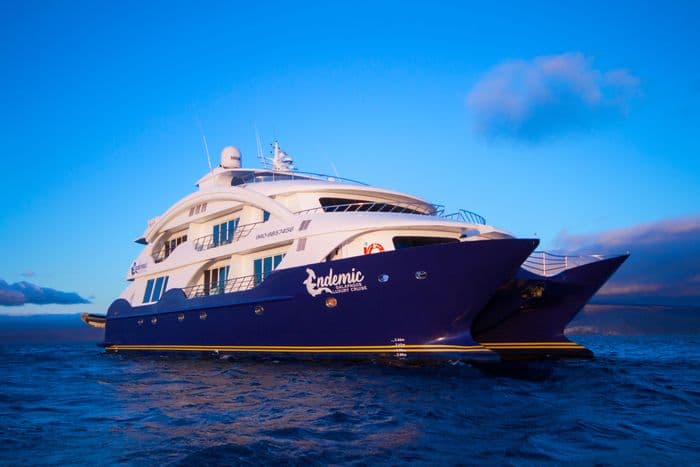
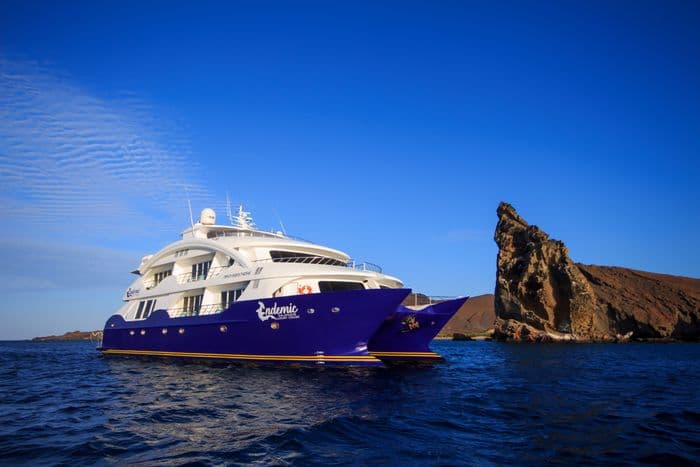
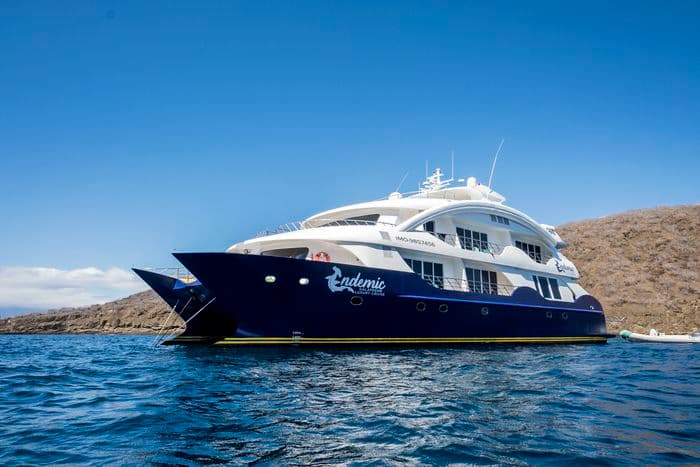
The Endemic is an exquisitely crafted catamaran designed exclusively for the Galápagos Islands expedition. She has been designed to offer unrivalled luxury alongside sustainable operations, and has one of the best crew-to-guest ratios in the archipelago. Because she has been designed for Galápagos cruises and not converted from a general purpose design, Endemic offers remarkable features you can't find on other vessels, including stunning full height, full width panoramic windows and a private balcony for every suite. Thanks to her twin-hull design, she is much more stable on the water than tr … Read more about Endemic
Cabins
No Image Available

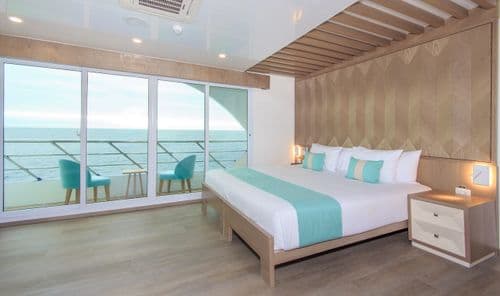
Amenities
Air conditioning & private bathroom
Standup paddle boards
All meals
Transfers to and from ship
Private Balcony
Snorkel gear (free of charge)
Expedition Binoculars
Travel for good: Your Each booking contributes to Ventura’s Conservation Project.
Water, Coffee, Tea & fresh juices
Triple cabins
4K underwater camera
Single cabin without supplement
-25% for children < 12
Sundeck with jacuzzi
Kayaks on board
Wetsuits
English guides
Food & Drinks
The food on our Galapágos Cruises is among the very best you will find in South America. Most of the on-board chefs are internationally trained and have prior experience working in the best hotels and restaurants in Ecuador and indeed around the world.
You can expect a first-class selection of food, including a good variety of fresh fruits and vegetables, locally sourced poultry and fish/seafood, rice and pasta dishes. Most boats will always include some typical Ecuadorian dishes on the menu during your cruise. If you have specific dietary requirements then these can usually be accommodated by the chef providing you have given advance notice. Please make sure you tell us about any allergies or dietary requirements you have at the time you book with us. If you leave it until you arrive at the dockside, then it may well be impossible to accommodate your needs.
Most boats serve a range of options at meal times in a relaxed buffet-style. At the first class and luxury end of the market, some boats have more formal dining where you will be served at your seat. However the atmosphere is always relaxed on board our cruises, and never stuffy or formal.
Map
Itinerary
Your itinerary below may vary, depending on the weather, wildlife breeding, and local conditions.
Pre-trip add-ons
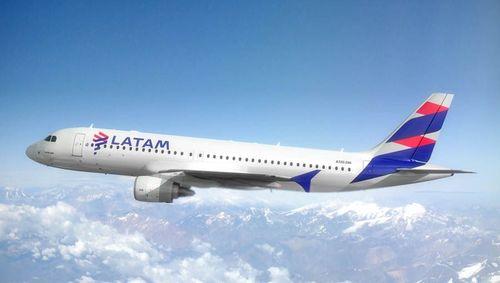
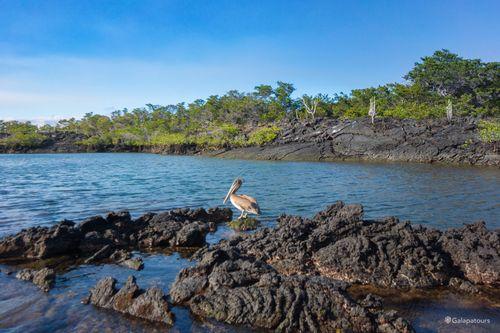
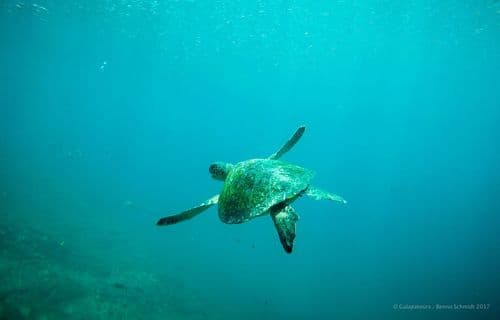
Day 1
AM
Arrival at Baltra airport+transfer to ship
Baltra • Arrival at Baltra airport+transfer to ship
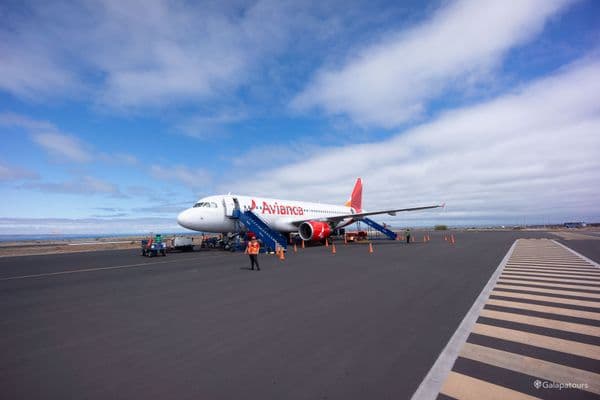
Welcome to Galápagos! After your flight lands, and you have completed the immigration process, our English-speaking guide will meet you in the Arrivals lounge if you booked your flight tickets with us for the same cruise dates. The guide will then escort you to your transfer vehicle for a short journey to your waiting ship.
If you did not book your flight tickets with us, your voucher will specify the meeting point & time. Please note that the transfer to the meeting point is not included.
Baltra Island, where your arrival airport is, was used as an important Air Force base in the Second World War. This is the primary airport for the Galápagos Islands and you'll be rubbing shoulders with fellow tourists, international naturalists and conservationists, researchers and academics, and Galápagos residents alike. The airport has been built as a "green" airport, and as well as using recycled materials in its construction, it's special design keeps the buildings relatively cool without the need for any air conditioning.
Once on board your ship, you will be introduced to the crew and given a welcome briefing as well as an important safety drill. After this you'll be shown to your cabin. While you're served a well-deserved and delicious lunch, the captain will cast off and your adventure truly starts.
Note: If you plan to spend a few days prior to the cruise in Puerto Ayora and want to do the cruise later this is no problem at all. The transfer from Puerto Ayora to Baltra is very easy.
Day 2
AM
Cormorant Point & Devil's Crown
Floreana • Cormorant Point
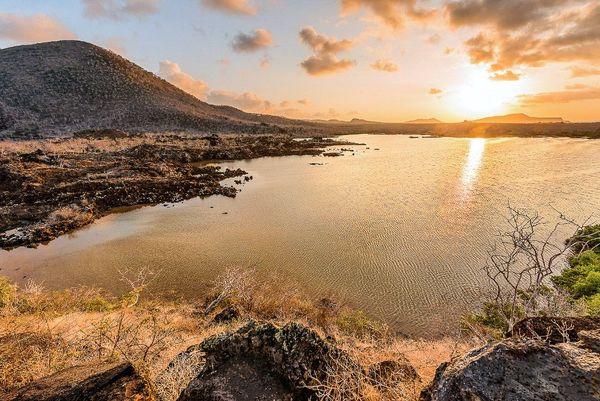
Cormorant Point is on the northern tip of Floreana, and you'll land on a beach that sits between two volcanic cones. The sand on one of the beaches here has a noticeably olive-green color. This is due to a much higher than usual concentration of olivine crystals in the sand. Another beach is made up mainly of coral sand and is almost a brilliant white in comparison.
This Galápagos site has a large lagoon which is favored by flamingos, their pink coloring contrasting with the green sand. There is some good snorkeling here, and you can often spot rays in the shallows. There is a one mile hike available that takes you to higher ground and provides great views over the lagoon, and to both beaches on either side of the Point.
Floreana • Devil's Crown
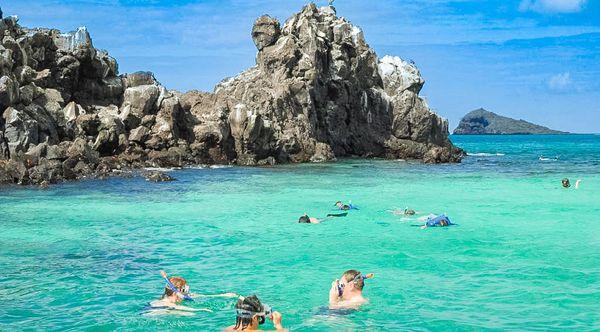
Once a volcanic crater, the Devil's Crown is now what remains of the eroded crater. The wind and waves have breached the east and west walls, leaving just the northern and southern crater edges showing above the water. Over thousands of years a coral reef has grown in the submerged center, creating one of the best snorkeling sites on the entire Galápagos.
Exposed to currents, snorkeling in the Devil's Crown isn't a sedentary experience, and the surges can be quite thrilling! The marine life you will see is unparalleled, with colorful reef fish, sharks, rays and more. If your itinerary includes a stop here, you really must get into the water as it's an experience not to be missed.
Day 2
PM
Post Office Bay & Baroness View Point
Floreana • Post Office Bay
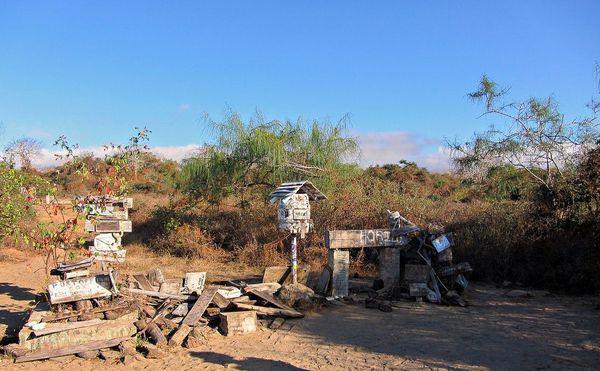
Floreana, like several of the Galápagos Islands, has a history of whaling. During voyages of many months, whaling ships would call here to replenish stocks of food and water, and the sailors were often keen to send news to loved ones that they were still safe. A tradition grew up here where sailors would leave a letter addressed home, hopeful that a ship heading back to port would pick it up and deliver it for them. This tradition of leaving letters and cards, and picking up others addressed to your home port meant that the location of this letter drop became known as "Post Office Bay".
Decades later, the unofficial Floreana post office is still very active - why not leave a card of your own, or see if you could take one back to your home town for someone else?! As well as this charming tradition, Post Office Bay boasts a pleasant beach, and there is a short hiking trail down to a cave, which is actually a lava tube that runs down to the sea.
You will also have the opportunity to take a Panga through some of the nearby coves and mangroves from which you could see sharks, rays, and sea lions swimming around you.
Floreana • Baroness View Point

Located on the northern coast of Floreana Island, the Baroness Viewpoint is a wonderful place to soak in the beauty and diversity of the Galápagos.
This visitor point is named after the "Baroness" Eloise Bosquet de Wagner Wehrhorn (her claim to be a member of the Austrian royal family was never fully confirmed) who came to the island with her two - some say three - lovers in the 1930s. After some disagreements with two other eccentric settler families, the Baroness and one of her lovers disappeared. Local legend has it that murder was involved…
Away from this exotic intrigue, the view point has some lovely and easy walking trails that allow you to get really close to the bird and plant life of the island.
Day 3
AM
Chinese Hat
Santiago • Chinese Hat
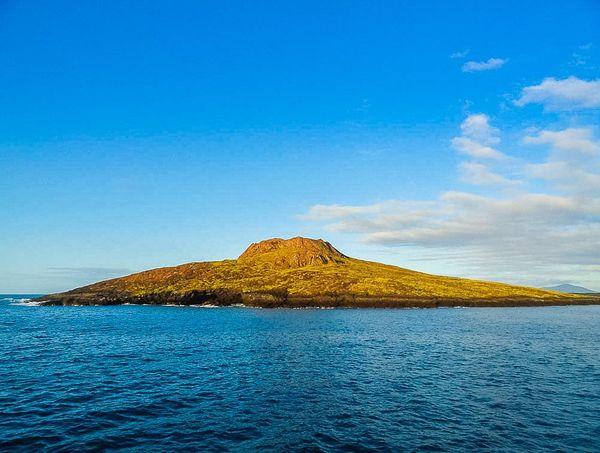
Chinese Hat ("Sombrero Chino" to locals) is an islet set just a short distance off the southeastern coast of Santiago. The small channel between Chinese Hat and mainland Santiago is fairly deep yet sheltered, and the water here is a glistening turquoise.
The islet gets its name because if you approach from the north, you will see that this small volcanic cone does indeed look like the traditional bamboo or rice hat. Viewed from above on a satellite image, however, you will see that this islet is actually more of an oval shape.
There is a short hiking trail on Chinese Hat that runs along the western coast of the islet. This is a harsh landscape of volcanic rubble and lava formations, a very atmospheric reminder of the fiery origins of the Galápagos.
Along the cost of both Chinese Hat and the opposite Santiago shore you are likely to see Galápagos Sea Lions and Galápagos Penguins, either basking in the sun or seeking shade to avoid the hottest parts of the day. Overhead, you might catch a glimpse of the magnificent Galápagos Hawk.
The stand-out reason for a visit to Chinese Hat however is to snorkel in that turquoise channel. Here you can see various species of sharks, rays, and a variety of tropical fish. Not all Galápagos boats can visit, and permits are only given to a select few boats and guides. Here at Galapatours we offer itineraries on all of these specially selected boats, so if a visit to Chinese Hat is important to you, speak to one of our Galápagos experts today to help choose the perfect itinerary.
Day 3
PM
North Seymour
North Seymour • North Seymour
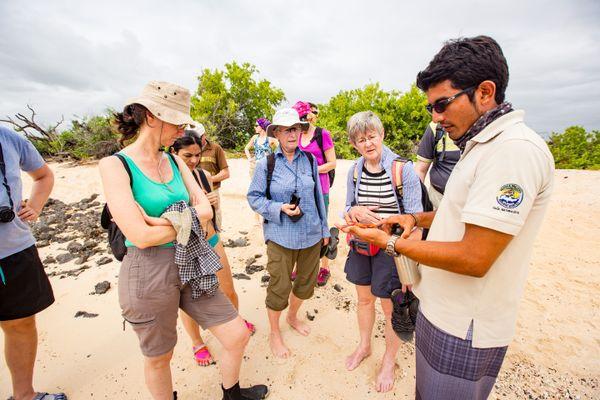
The island is named after an English nobleman, Lord Hugh Seymour and has an area of 1.9 square kilometers and a maximum altitude of 28 meters. This island is home to a large population of blue-footed boobies and swallow-tailed gulls and hosts one of the largest populations of frigatebirds. North Seymour has a visitor trail approximately 1.2 mi in length crossing the inland of the island and exploring the rocky coast.
North Seymour was formed at the same time as neighboring Baltra Island, and by the same process - an uplifting of undersea lava. This small, flat island has hiking trails throughout, allowing you to explore the arid landscape and to meet the seabirds that call North Seymour home.
North Seymour was the site of one of the earliest conservation experiments in the Galápagos. In 1934 a group of Galápagos Land Iguanas were moved there by Captain Hanckock. They have since thrivedthrived, and there are now well over 2,500 of them on the island and more than 3,000 on the neighbouring Baltra island.
The biggest attraction of North Seymour is its large colony of Blue-Footed Boobies and its Frigatebirds. These popular Galápagos species are often found together because the Frigatebirds rely on the Boobies’ fishing prowess. The Frigatebirds actively steal the Boobies catch to feed themselves!
There is also a population of Marine Iguanas and Galápagos Sea Lions are frequently spotted. The snorkeling here is also very good, with plenty of marine life to see including rays and reef sharks.
Day 4
AM
Black Turtle Cove
Santa Cruz • Black Turtle Cove
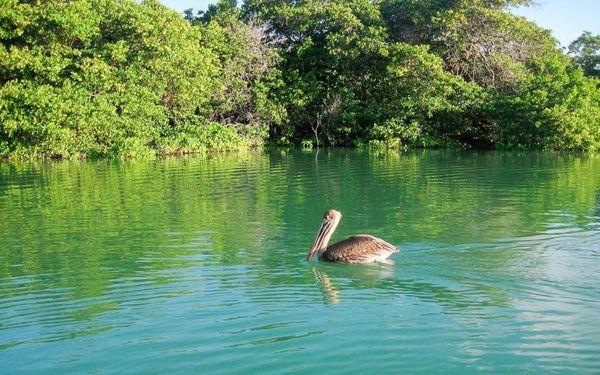
The only way into Black Turtle cove is by panga (motorised dinghy). This "secret" corner of the Galápagos feels like your own personal hideout, and once the panga motor is shut off you're surrounded only with the gentle sounds of nature as you drift through the mangroves.
Rich with wildlife, you'll often see Galápagos green turtles feeding, or even mating, in the calm water, as well as different shark species and Galápagos rays.
This is a very different visitor site, showing another side to the Galápagos away from the noise of surf on the beaches and barking sea lions.
Day 4
PM
Bachas Beach
Santa Cruz • Bachas Beach

The name "Bachas Beach" (or "Las Bachas" in Spanish) actually comes from a mispronunciation! After the second world war, American forces stationed on Santa Cruz abandoned some of their barges there - "bachas" was the nearest some of the locals could get to pronouncing the English word, and the name has stuck. You can still see the remains of one of the floating docks the soldiers set up on one of the two beaches that make up Las Bachas Beach.
This beach is covered in white coral sand, and it's a major nesting site for Galápagos green turtles. There's also a lagoon just behind the sand which often hosts flamingos, ducks and migratory birds. You can also often find marine iguanas feeding on the rocky outcrops near the tide line.
The main beach is perfect for swimming, being very sheltered from the ocean swells, and is a very pleasant spot to cool off and to indulge in some snorkeling.
Day 5
AM
Darwin Bay
Genovesa • Darwin Bay
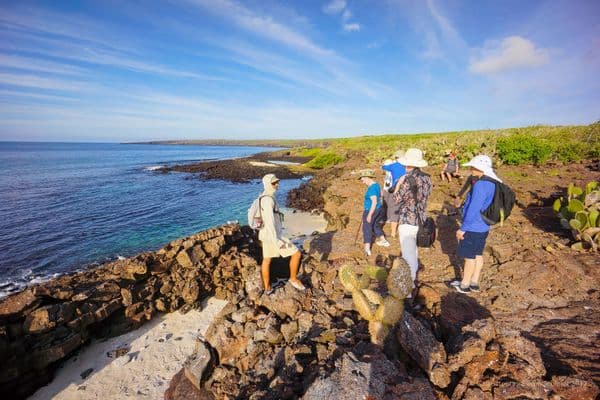
Darwin Bay is a must-visit site for birdwatchers. Starting with a landing on a beautiful white coral beach you are able to follow an easy half-mile trail that will take you through bird-filled mangroves. Species that can be seen on this part of the trail include Nazca Boobies, Galápagos red-footed Boobies, and Swallow-Tailed gulls.
As the path continues you will find tidal pools - favourite spots for Galápagos Sea Lions to lazily swim and play. At the path's end you will come to the top of a cliff which will reward you with a spectacular view.
Day 5
PM
Prince Philip's Steps
Genovesa • Prince Philip's Steps
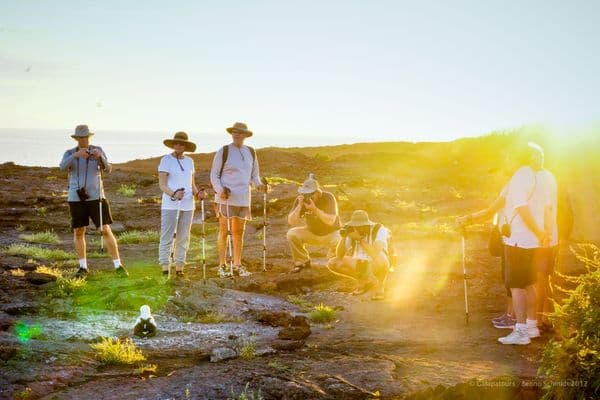
Named after Prince Philip, the husband of Queen Elizabeth II, who visited the Galápagos Islands twice, the Prince Philip's Steps pier uses natural rock formations to allow you to land and admire the variety of seabirds that inhabit Genovesa. With careful steps on the wet and slippery lower rocks, you begin your hike near a small colony of Galápagos sea bears before reaching the beautiful vantage point further up with views of the lava plains.
The birdlife will surround you from all sides and you will enjoy the sight and sounds of many wonderful species, including blue-footed boobies, red-footed boobies and Nazca boobies, but also small Galápagos owls and Galápagos pigeons.
Day 6
AM
Twin Craters & Transfer to Baltra airport
Santa Cruz • Twin Craters

Los Gemelos (or the Twin Craters) are not, in fact, craters - although no less impressive for it! These two large pits were actually caused by the collapse of empty magma chambers after a volcanic uprising. They are easy to access from the Puerto Ayora to Baltra road.
There is a lovely walking trail here that leads up to and then around the rim of both craters. The hike takes you through the wonderful Scalesia Forest, which is full of bird life. It's likely you will see Galápagos Doves, Darwin's Finches, the stunning Vermilion Flycatcher, as well as short-eared owls and many other species.
As you climb up to the rim of the craters you are rewarded with a breathtaking view over the Scalesia canopy, it's lush green a real contrast to the arid vegetation on much of the other Galápagos Islands you can visit.
Baltra • Transfer to Baltra airport
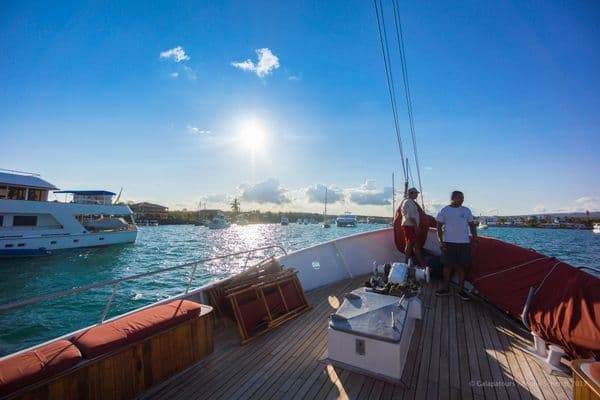
Your Galápagos adventure ends with the arrival of your ship back at Baltra Island. After what many guests describe as an emotional goodbye to your ship and its crew, you'll board the transfer vehicle that will take you on the short journey to the airport in plenty of time for your flight back to the mainland.
Note: If you want to spend some time in Galápagos after your cruise, please let us know. This is no problem at all and the transfer from Baltra to Puerto Ayora couldn't be easier.
Post-trip add-ons



Dates & Prices
When do you want to travel?
From
Until
Info
Availability
Price
24
Jul
2025
29
Jul
2025
- Summer promotion, Apply for 4 adult guests onwards
From
USD 6,741
USD 7,490
24
Jul
2025
29
Jul
2025
•
Summer promotion, Apply for 4 adult guests onwards
USD 6,741
USD 7,490
21
Aug
2025
26
Aug
2025
- Summer promotion, Apply for 4 adult guests onwards
From
USD 6,741
USD 7,490
21
Aug
2025
26
Aug
2025
•
Summer promotion, Apply for 4 adult guests onwards
USD 6,741
USD 7,490
18
Sep
2025
23
Sep
2025
- Fall special - Get one more night free
From
USD 6,190
USD 7,490
18
Sep
2025
23
Sep
2025
•
Fall special - Get one more night free
USD 6,190
USD 7,490
16
Oct
2025
21
Oct
2025
- Fall special - Get one more night free
From
USD 6,190
USD 7,490
16
Oct
2025
21
Oct
2025
•
Fall special - Get one more night free
USD 6,190
USD 7,490
13
Nov
2025
18
Nov
2025
- Fall special - Get one more night free
From
USD 6,190
USD 7,490
13
Nov
2025
18
Nov
2025
•
Fall special - Get one more night free
• 2 Spots
Almost full
USD 6,190
USD 7,490
11
Dec
2025
16
Dec
2025
- Fall special - Get one more night free
From
USD 6,190
USD 7,490
11
Dec
2025
16
Dec
2025
•
Fall special - Get one more night free
• 2 Spots
Almost full
USD 6,190
USD 7,490
8
Jan
2026
13
Jan
2026
From
USD 7,490
8
Jan
2026
13
Jan
2026
USD 7,490
5
Feb
2026
10
Feb
2026
From
USD 7,490
5
Feb
2026
10
Feb
2026
USD 7,490
5
Mar
2026
10
Mar
2026
From
USD 7,490
5
Mar
2026
10
Mar
2026
USD 7,490
30
Apr
2026
5
May
2026
From
USD 7,490
30
Apr
2026
5
May
2026
USD 7,490
Preferred date unavailable? Contact us
Info
Single Cabin Supplement
When booking online, you can choose the option to "Upgrade to single occupancy". This will guarantee you the whole cabin to yourself, for an additional fee. If you don't select this option, then another traveler of the same sex might be placed into the same cabin with you.
What's included
All meals onboard (International and Ecuadorian Cuisine). Almost all dietary requirements can be catered for with advance notice - please ask us about your needs.
Snorkeling sessions - whenever possible and allowed by the National Park.
Extensive Zodiac Rides to explore the shorelines and mangrove forests from close up.
All transport to and from the ship: Pick-up by your guide directly from the airport (if you arrive at the first day) and drop-off by your guide directly to the airport (if you leave on the last day).
English-speaking naturalist guides with you at all times during the excursions.
Briefings in the evening, during which your guide will explain what you can expect from your next day.
Lectures in the evenings about a variety of topics, including Geology, Marine Biology, Natural History, Human History, and more.
Entry costs to museums, research stations, breeding stations, etc.
Your booking contributes to our Conservation Project.
What's not included
Alcoholic beverages
International Flights
Local Flights
Gratuities
Some Optional Activities
Credit Card charges may apply
A fuel surcharge may apply at a later stage. More info
The ship operator may charge a fee if you don't book your flights to and from Galápagos through them. More info
Credit Card charges may apply
A fuel surcharge may apply at a later stage. More info
The ship operator may charge a fee if you don't book your flights to and from Galápagos through them. More info
Reviews
FAQs
How and when can I pay for the trip?
After completing your booking, you will receive an invoice from your travel specialist by email. A deposit of 20% of the trip price is required to secure your booking. Payment can be made through bank transfer or by credit card through a secure payment link.
Full payment is expected 30 days before your trip. Payment can be made in installments.
Are their any customs restrictions for travel to Galapagos?
Under Ecuadorian law, if you are only temporarily visiting the Galápagos then you are exempted from the requirement to pay any customs charges on items that you are bringing in to the country. This includes new or used portable electronics such as cameras, laptops, music players, etc.
You MUST NOT bring any agricultural or plant materials or any unprocessed food products to the islands. To avoid problems at customs and bag check we suggest only traveling to Galápagos with pre-wrapped snack products such as chocolate bars, etc. Food is plentiful and freshly cooked on your Galapatours cruise, with a wide range of choice on offer to suit all tastes - you really don't need to bring anything with you!
Do I need a visa to go to Galápagos?
As the Galapagos Islands are part of Ecuador, and all flights to the Galapagos depart from mainland Ecuador, you will need to enter Ecuador first.
Entering Ecuador: Every traveler is responsible for checking the individual visa requirements for their nationality. We recommend using https://www.passportindex.org/ to find out if you need a visa for Ecuador. At the time of writing, U.S. citizens do not need to apply for a visa beforehand. Similarly, visitors from the UK, Germany, and most other European countries do not require a visa for the Galapagos Islands. Upon entering the country, you will be given a visa stamp that permits you to stay in Ecuador for up to 90 days. This also applies to many other countries, but please verify the current visa regulations yourself before booking any tickets. In any case, your passport must be valid for at least six more months from the date of entry into Ecuador. You will also need to show proof of onward or return travel out of Ecuador to customs and immigration officials upon arrival; this can be a return or onward airline ticket. If you do not meet these requirements, you may not be allowed to enter the country.
Entering Galapagos: To enter Galápagos, the first official requirement is a valid Ecuadorian tourist visa stamp in your passport - this should have been issued to you upon arrival to mainland Ecuador.
What are the entry requirements for Galápagos?
This is a multi-layered question, that we have tried to answer in various articles. Please click on the corresponding links to learn more about the different topics. To recap:
- Passport & Visa: Tourists visiting the Galapagos Islands must have a valid passport and, in most cases, can obtain a visa upon arrival in Ecuador. Click here to read more.
- Luggage Check: When leaving Ecuador's main land, tourists' luggage will be checked for restricted items by the Tourist Control and Certification (TCC) to ensure the preservation of the islands' unique environment and wildlife. This check costs 20USD and is done at the airport in Quito or Guayaquil, before checking in for your flight to Galapagos.
- Entrance Fee: A Galapagos National Park entrance fee must be paid upon arriving in Galapagos.
- Travel Insurance: A travel insurance that covers emergency evacuation and medical expenses. is highly recommended, and even obligatory on board of some ships.
- Vaccinations: At the following link you can find out more about vaccinations for a Galápagos trip.
What is the SICGAL baggage check and the Goods Declaration Form?
To protect the fragile ecosystems of the Galápagos, all travelers must complete two essential biosecurity procedures before their flight. First, travelers aged 18 and over are required to fill out the mandatory online Goods Declaration form up to 48 hours before departure. This declaration requires you to report any food, plants, seeds, camping equipment, or recent contact with animals. After submitting the form, you will receive a QR code via email, which must be presented to authorities upon arrival in the Galápagos.
Second, you must take your luggage to the SICGAL inspection counter at the airport in either Quito or Guayaquil. Here, officials will conduct a physical check of your bags to ensure no prohibited items are being brought to the islands.
To make sure you don't have any trouble here, please do not attempt to travel with any foods other than small quantities of pre-wrapped snack items like chocolate bars or similar, and certainly don't have any plants or plant materials in your bags. Once checked, you will receive an approval label to attach to your bags, and you can then make your way to your airline check in.
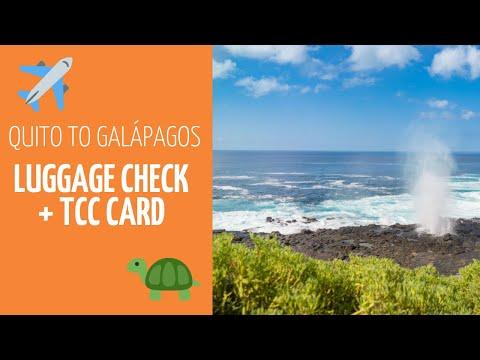
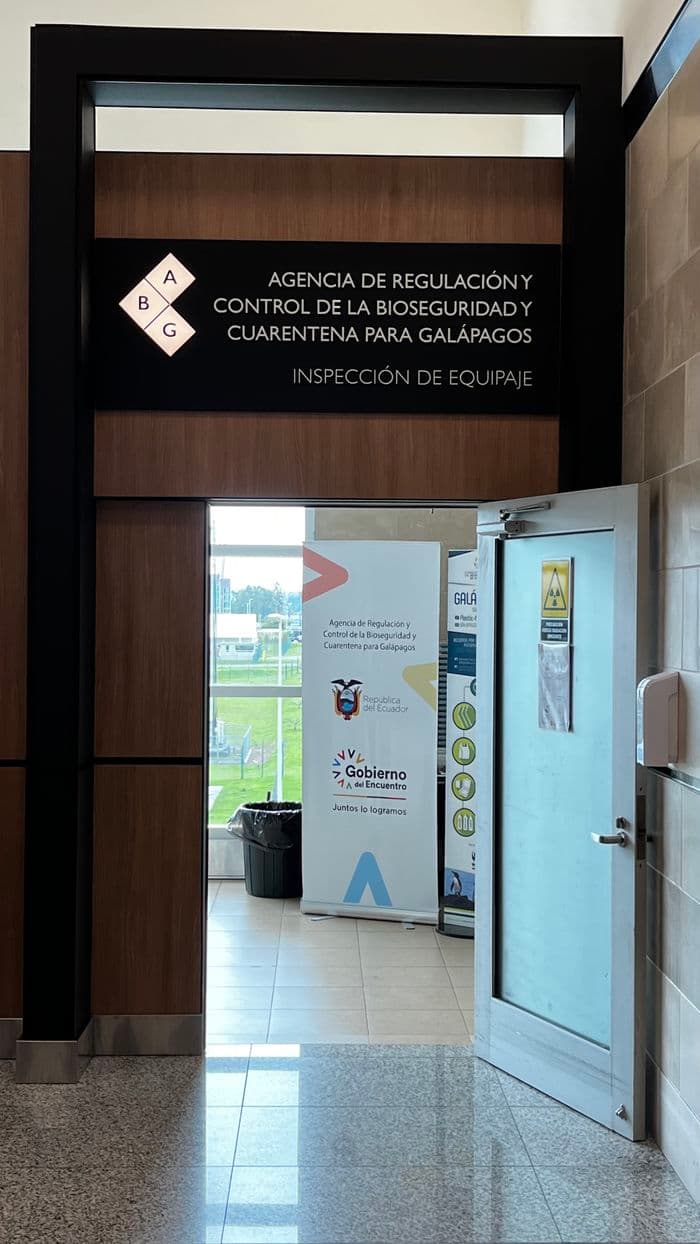
What is the entrance fee for Galápagos National Park?
The Galápagos National Park Entrance fee is levied on all visitors to the islands. For foreign visitors, the entry fee is 200 USD per person (100 USD for children under 12 years old). If you are a citizen of a country in South America you might pay less, check here for more information.
Important: This fee must be paid, in cash, at the airport of arrival. If you do not pay, you will not be allowed to leave the terminal - so please make sure you have the means to pay the Galápagos entrance fee! Therefore, the payment of this entrance fee is indispensable to take part in a Galapagos cruise.
The entrance fees collected will be allocated to various local entities to support sustainability and community development in the Galápagos Islands. The proceeds are split between several important institutions as follows:
- 40% to the Galápagos National Park
- 20% to Galápagos Municipalities
- 10% to the National Institute
- 10% to Galápagos Province Local Government
- 5% to the National Navy
- 5% to the Ministry of Environment
- 5% to Quarantine and Pest Control
- 5% to the Galápagos Marine Reserve
For more information about the entrance fee structure and the distribution of funds, please visit the official website of the Galápagos National Park Administration.
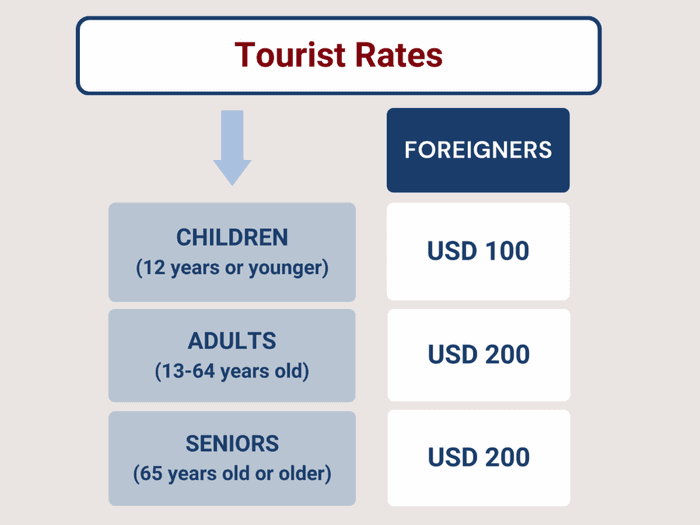
Genovesa & Floreana Galápagos
4.9
(12)
From
USD 6,190
No dates selected
